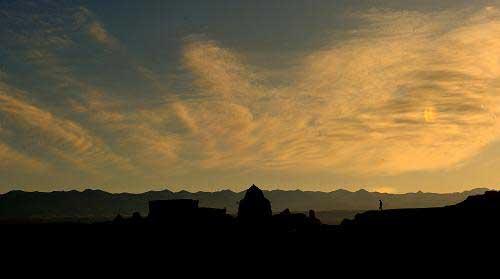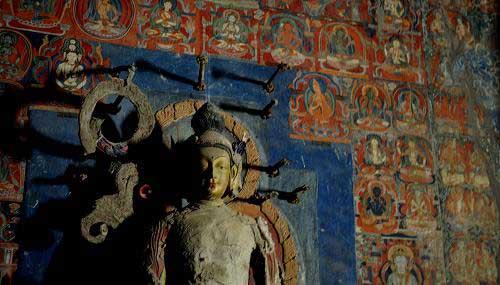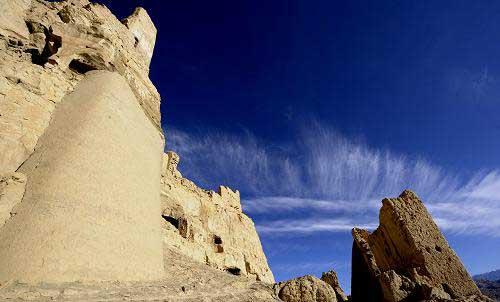Located in Zanda County of the Tibet Autonomous Region, the Ruins of Guge Kingdom are like the Old Summer Palace of Tibet.
Although the kingdom encountered both civil strife and foreign attacks that fragmented the once prosperous state, it was not totally lost. Much can be learned about the ancient kingdom by studying its remains. Now, let's get an update about the ongoing maintenance and protection project at the site.
Established in around the 10th century, the Guge Kingdom was founded by one branch of a nearby fallen kingdom. During its 700-year history, the Guge Kingdom played an important part in the economic and cultural development of Tibet. Besides advocating Buddhism, the Kingdom also served as a major center for Tibet's foreign trade.
The Ruins of Guge Kingdom are located on a mountain more than 300 meters high. Although previous explorers have found fortresses, secret paths, pagodas and granaries, most of the rooms excavated have collapsed roofs, leaving only the walls standing. The remaining buildings are five superior temples and palaces: the White Temple, Red Temple, Samsara Temple, Imperial Palace and Assembly Palace. These structures have many inscriptions, statues and murals displayed inside. Their great research value has fixed the ruins onto the first group of National-Level Cultural Heritage sites.

Located in Zanda County of the Tibet Autonomous Region, the Ruins of Guge Kingdom are
like the Old Summer Palace of Tibet. [Photo/CNTV]

Located in Zanda County of the Tibet Autonomous Region, the Ruins of Guge Kingdom are
like the Old Summer Palace of Tibet. [Photo/CNTV]

Located in Zanda County of the Tibet Autonomous Region, the Ruins of Guge Kingdom are
like the Old Summer Palace of Tibet. [Photo/CNTV]
